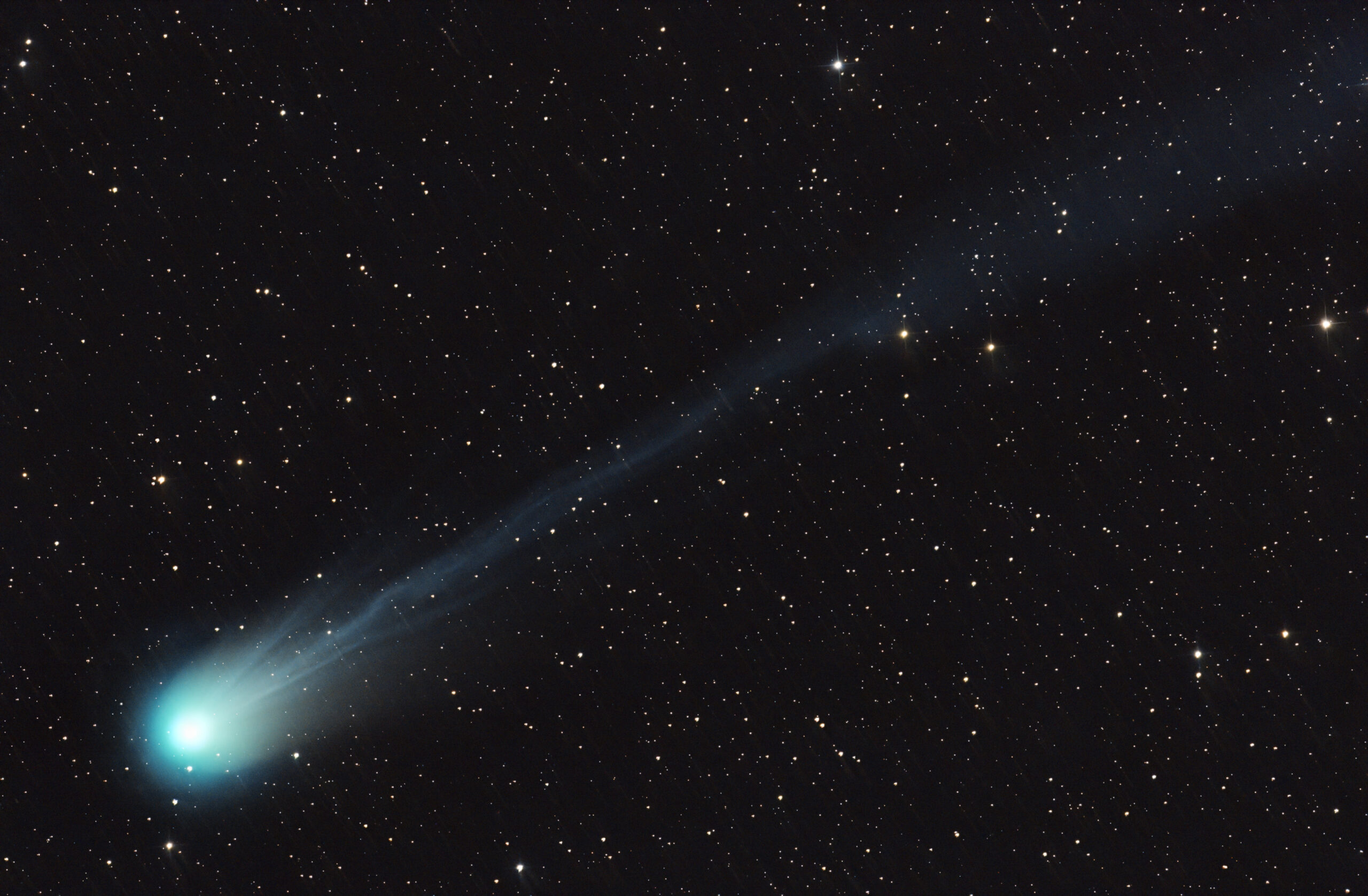
New Delhi:
The “Mother of Dragons” comet, officially named Comet 12P/Pons-Brooks, is making a rare appearance in the Northern Hemisphere skies. This unique “Halley-type” comet, completing its orbit around the sun every 71 years, is now visible after dusk, marking its first appearance since 1954, according to the European Space Agency.
About the “Mother of Dragons” comet
The ESA chose the name “Mother of Dragons” name due to the comet’s association with the small “kappa-Draconids” meteor shower, active every year between November 29 and December 13.
The comet is the size of a city and is 17 km wide, boasting an elliptical orbit with a hidden spiral of light surrounding its icy nucleus. It is composed of ice, dust, rock, and diatomic carbon molecules, which emit emerald-coloured light when illuminated by the sun. Due to this, the comet appears bright green.
As the comet approaches the sun, the heat causes the ice inside it to change from solid to gas. This gas, along with dust particles, escapes from the comet’s surface, forming a large cloud and a tail. The solar wind pushes this tail away from the Sun, creating the comet tail that we often see from Earth.
The Comet 12P/Pons-Brooks is drawing attention due to its cryovolcanic nature, meaning – it regularly erupts, shooting material from its icy core into space, creating stunning displays of brightness. It erupted in July 2023, for the first time in 69 years, earning the nickname “devil comet” for its dramatic outburst. This outburst created the illusion of horns, likely caused by a notch of ice or rock within its core.
How to watch
The comet, which will not pass by Earth again for decades, is expected to shine the brightest in the sky on April 21, 2024, as it approaches its closest point to the sun, known as perihelion. Skywatchers in the Northern Hemisphere have a limited window to witness this rare spectacle, with early April being the only time for observation.
According to Paul Chodas and Davide Farnocchia from NASA’s Jet Propulsion Laboratory, “The comet will brighten a bit as it gets closer to the sun, and it should be visible to the naked eye low in the west about an hour after sunset.”
“You should go to a location away from city lights and with an unobstructed view of the western horizon,” they suggested in an email to CNN. “It would be advisable to use a pair of binoculars since the comet may be hard to locate without them.”
They added, “The comet would be located about 25 degrees away from the eclipsed sun. The comet should be fairly easy to find during the total solar eclipse, as well as a number of planets, but the main focus during those 4 minutes should be on the eclipse itself.”




